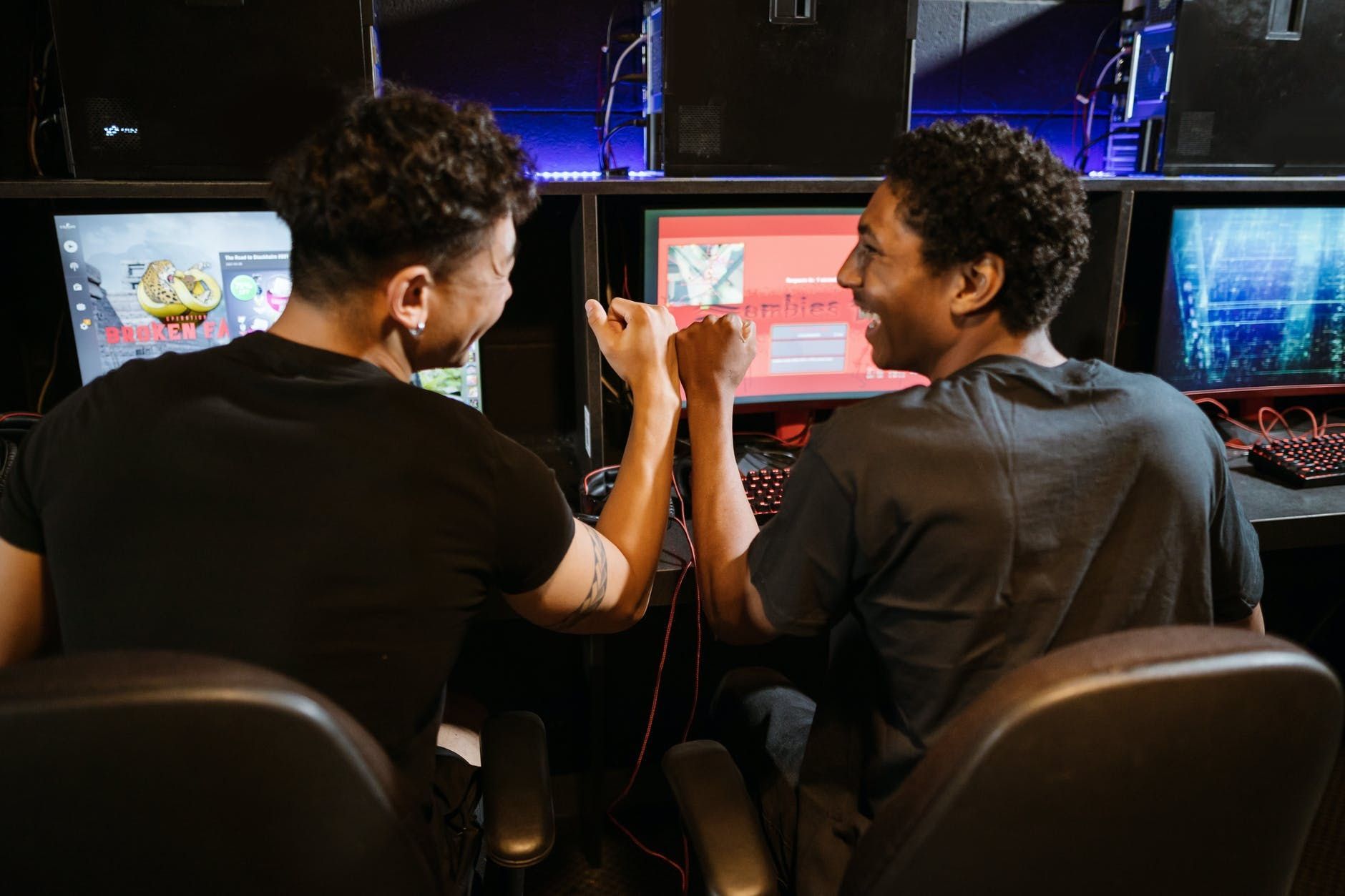Whether you are a one-person dream factory or a studio of a hundred, creating a successful game is arduous. Creative vision is crucial to put together a brilliant story and perfectly balanced gameplay. But even if the fundamentals of your game are spot-on, success is far from guaranteed. If your icon sucks, your screenshots are uninteresting, or your marketing copy doesn’t sing, chances are your game will struggle to break through.
Gaming is a giant industry serving arguably the most opinionated and passionate consumers. Still, many games launch without any kind of consumer testing. But only testing ensures that you’re getting the details right.
The usual approach to testing games involves granting early access or releasing a beta in exchange for feedback. However, most creative decisions are fixed by this stage, making it too late to revise the storyline or gameplay drastically. It’s much better to build testing into different phases, starting with the game concept itself, allowing for constant feedback and ultimately creating a game that players have had a real hand in shaping.
Testing methods
Split testing, also known as A/B testing, is used in the live game environment or ads across the various app stores. The purpose of split testing is to identify the better performing option, but it does so without supplying the complete picture of user preferences — the why behind the winner. Several variables could have driven players to make their choices, and these variables may not be incorporated or considered in the particular test at hand. This lack of context leaves room for misinterpretation, leading a team to make ill-advised decisions in their design, gameplay, or marketing assets. Any of these mistakes could prove fatal, especially for an indie developer with a tight budget.
#ScreenshotSaturday and #IndieDevHour are just two examples of the developer community creating an alternative to traditional A/B testing methods. Developers use these hashtags to solicit feedback from each other and to share progress updates on games. This method, while free, is limited in sample size. Plus, a game developer community is more likely to share similar opinions and be influenced by the skill it took to build the game. The wider gaming community could have a vastly different view of the game without these biases.
Feedback testing asks players pointed questions directly to gauge overall reactions. What makes feedback testing so effective is that it gives insight into why the group prefers an option, providing the context missing from A/B testing without sacrificing a large, varied, and anonymous sample size that community hashtags and Reddit forums can’t offer.
For example, Mojiworks, the developer of Ready Chef Go! initially used split testing on Snapchat to decide between various game icons and title options. While this kind of testing is helpful, it takes too long and is often cumbersome, especially for time-sensitive decisions such as holiday-themed creative. That’s when Mojiworks discovered PickFu as a feedback testing platform. With PickFu’s one-question poll format, Mojiworks asked gamers which assets they preferred. Within hours, PickFu collected hundreds of reactions to Ready Chef Go! that helped guide the team’s decisions, leading to a very successful seasonal push.
When is the best time to test?
Too often, testing becomes an afterthought, done at the end of the process and focused on bug fixes. Big studios have the budget for weeks of dedicated playtesting, but pretty much everyone else relies on their judgment or the feedback of their co-workers. Maybe they’ll turn to social media for a little outside perspective, but more often, they won’t.
Many developers won’t consider testing because they think it’s expensive or time-consuming. But it doesn’t have to be. PickFu is both affordable and quick, helping studios of any size test like the AAA crowd.
Seth Savik, an indie developer and CEO of Psyonix, says that rigorous scale-testing is the best plan for success and that testing from the start should be a must to ensure the quality of any game.
You can and should ask for feedback throughout your whole development process:
- Planning: Even before you start coding, get feedback on your game concept and choice of platform.
- Pre-production: Ensure you are developing the right content for your audience, such as art style and character design.
- Production: Test the general game mechanics you wish to implement in your game.
- Pre-release: Focus your tests on marketing materials such as app icons, screenshots, trailers, and copy.
Summary
Testing does not have to be a domain only accessible to big companies with huge budgets. With so many games out there, it’s more important than ever to create games that will resonate with players. By implementing feedback testing into your game’s milestones, you’ll ultimately save time, money, and effort because you’ll be confident that players will love each part of the game that you tested.
Try it for yourself: All readers can use coupon code GAMEDEVTV for a 50% discount on your first PickFu poll!
Note: This article was written by PickFu for the GameDev.tv community and we hope you find it useful. GameDev.tv received no incentives for publishing it. Lucy.


